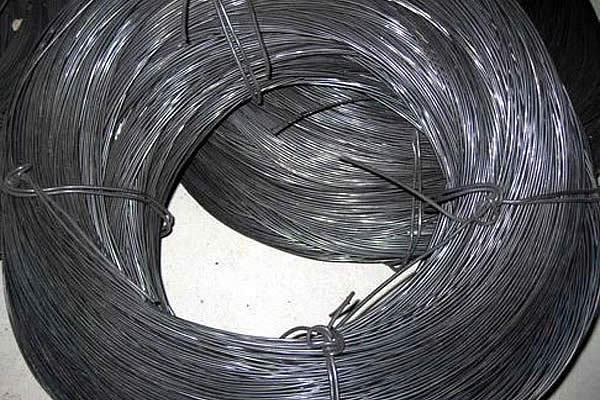 TEL:
+86-13102802206
TEL:
+86-13102802206
 Email:
fencenetting@china.com
Email:
fencenetting@china.com
 Language
Language
 TEL:
+86-13102802206
TEL:
+86-13102802206
 Email:
fencenetting@china.com
Email:
fencenetting@china.com
 Language
Language


Steel Mesh Retaining Walls A Modern Solution for Soil Retention and Stability
In the realm of civil engineering and landscaping, retaining walls play a crucial role in managing soil erosion, preventing landslides, and enabling the construction of level areas in sloped terrains. Among the various types of retaining walls, steel mesh retaining walls have garnered attention for their strength, aesthetic appeal, and versatility.
What is a Steel Mesh Retaining Wall?
A steel mesh retaining wall consists of a framework of steel mesh panels that serve as the primary support structure for retaining earth and other materials. Typically constructed using high-tensile steel wire, these panels are designed to hold back soil while allowing drainage, thus reducing the pressure buildup behind the wall. The design often incorporates additional elements such as geogrids, soil nails, or anchor systems to enhance stability and performance.
Advantages of Steel Mesh Retaining Walls
1. Durability and Strength Steel mesh is known for its high strength-to-weight ratio. Unlike traditional concrete or masonry walls, steel mesh retaining walls can endure immense pressure from the soil they hold back. This makes them ideal for use in areas with unstable soil or where there is a high risk of landslides.
2. Lightweight Construction The lightweight nature of steel mesh panels reduces the overall load on the foundation. This characteristic is particularly beneficial in regions where the soil bearing capacity is limited, allowing for a more straightforward construction process without extensive soil excavation or heavy machinery.

3. Eco-Friendly Design Steel mesh retaining walls can be designed to blend seamlessly with the environment. The use of vegetated facings or the incorporation of natural stone can enhance visual appeal, making them a desirable option for landscaping projects. Moreover, their ability to allow water drainage helps prevent the accumulation of water behind the wall, which can lead to structural failure.
4. Cost-Effectiveness Initially, the investment in steel mesh retaining walls might seem higher than that of traditional walls. However, the long-term benefits—such as reduced maintenance costs and extended lifespan—often outweigh the initial expenses. Their modular design also facilitates quicker installation, further saving on labor costs.
5. Versatility Steel mesh retaining walls are adaptable to various applications, from roadways and commercial sites to residential landscaping. They can be engineered to accommodate steep slopes and various soil types, making them suitable for diverse geographical locations.
Installation Considerations
While steel mesh retaining walls offer numerous benefits, proper installation is crucial for their effectiveness. Considerations include site assessment, soil analysis, and precise engineering to ensure that the wall can withstand the expected lateral loads. Moreover, incorporating appropriate drainage systems such as weep holes and perforated pipes is essential to maintain the wall’s integrity over time.
Conclusion
As urbanization continues to expand, the need for effective soil retention solutions becomes even more critical. Steel mesh retaining walls represent a modern, efficient, and aesthetically pleasing option for managing earth in residential, commercial, and infrastructural projects. By combining strength, durability, and versatility, these walls address the challenges posed by soil erosion and slope stability while offering a sustainable approach to landscape design. For engineers and property developers seeking innovative solutions, steel mesh retaining walls are undeniably a worthy consideration in modern construction practices.